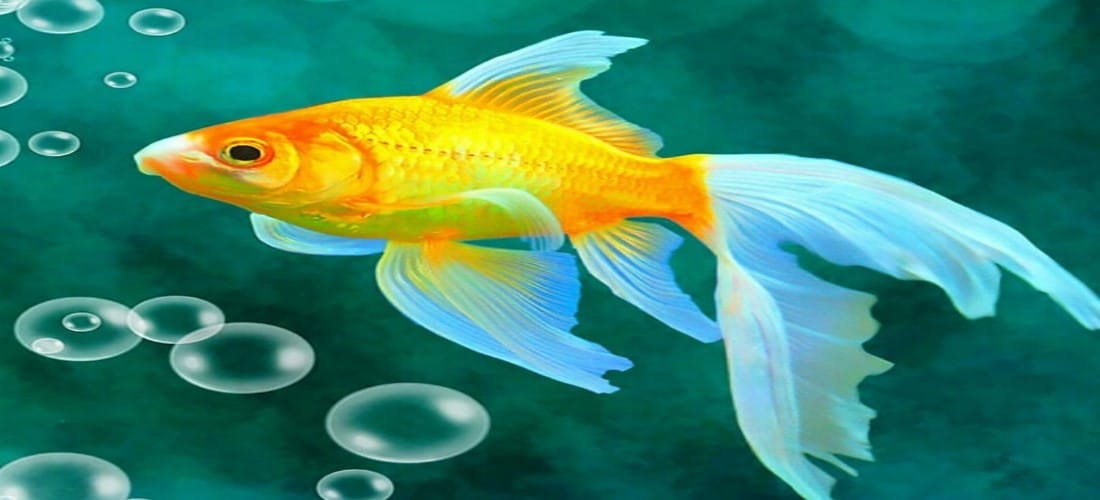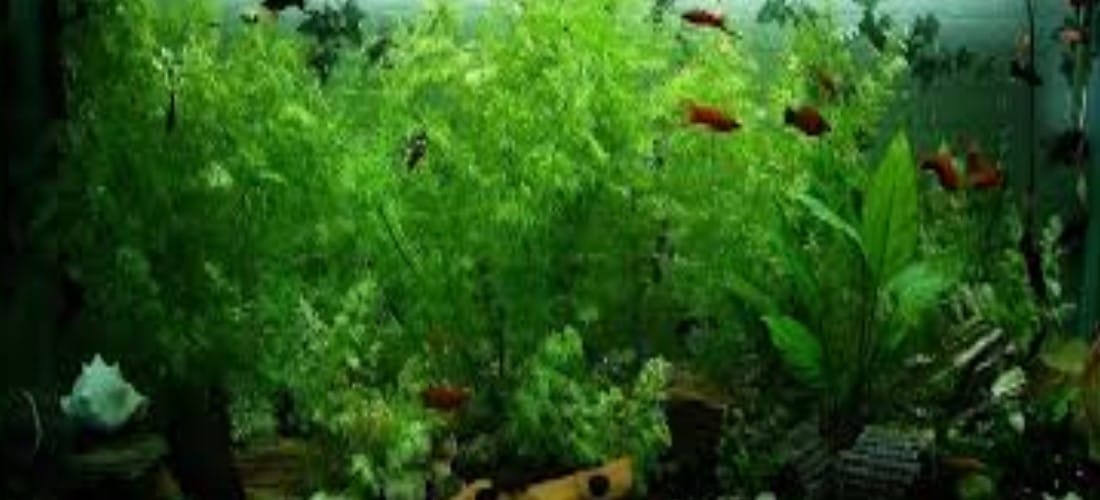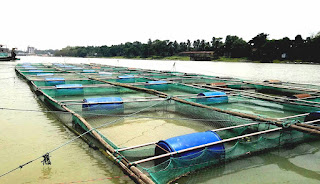Ribbonfish fishery (Trichiurus lepturus): Ribbonfish fishery is a popular marine water fishery along the coastal zone of India. They are a type of elongated, predatory fish found in tropical and subtropical oceans around the world. They are a popular food fish in many countries, and the ribbonfish fishery is an important economic activity in many coastal communities.
Ribbonfish fishery:
The ribbonfishes are popular with their Hair like tail and slim ribbon-like appearance. It is shoaling pelagic fisheries. Ribbonfish fisheries are belonging to the family, Trachipteridae. It is native marine water but it also occurs in the estuaries. These shoaling fishes from an important fishery along the Chennai coast. Ribbon fishes spawning are takes place once in a year before they appear in the coastal regions of the offshore waters. These account for about 2.5% of the total marine catch. They are found almost all along the Indian coast with abundance in the northwest and central east coasts. They form constrained fishery of considerable importance in Tamilnadu, Andhra Pradesh and Kerala.
Ribbonfish fishery represented by important fishes like-
Trichiurus lepturus (Grey ribbonfish)
T. russelli (Short tailed hair tail)
T. gangeticus (Ganges hairtail)
Lepturacanthus savala (Silver ribbonfish)
L. pantuli (Coromandel hairtail)
Eupleurogrammus intermedius,
E. muticus (Small head hairtail)
E. glossodos (Long tooth hairtail).
Out of these species, Trichiurus lepturus is the most common ribbonfish species.
They are tin, elongated, compressed, ribbon like body, caudal fin absent, body colour silvery with prominent canine like teeth
Mainly marine but sometime they enter in estuaries.
Ribbonfish are typically caught using trawls, gillnets, and boat seines. They are often caught as bycatch in other fisheries, such as shrimp fisheries.
Ribbonfish are a versatile fish and can be consumed fresh, frozen, dried, or salted. They are often used in fish cakes, fish balls, and other processed seafood products.
Ribbonfish fisheries are exploited all along the coastal zone of India from the states of Gujarat, Maharashtra, followed by Kerala, Andhra Pradesh and Tamil Nadu.
 |
| Trichiurus lepturus |
The production of this fishery nearly 39% contribute in Gujarat to be followed by Maharashtra (27%) and Kerala (11%) and 10% contribution to other states.
Ribbon fishes are predominantly piscivorous, highly carnivorous, and occasionally cannibalistic too.
They are voracious feeders, feeding both during day and night.
They prefer small and medium size fishes, prawns and shrimps.
 |
| Lepturacanthus savala |
Commercial uses of Ribbonfish fishery:
It has low price in the market, as acceptable for poor people as a food- used as a cheap protein.
Dried ribbon fish also use as fish by-product.
Pearl fundamental nature formed from the guanine (present in the skin)
Frozen & dried fish both are exported China
 |
| Trichiurus lepturus Sushi |
Fishing of Ribbonfish fishery
These are easily caught by seine nets, trawl net, dol net, gill net, hook etc. are used throughout the India.
In Kerala mainly gears are used as – Seine nets, Trawl net, Gill net etc.
With the trawl net ribbonfish fishery are landed 73-74% and the gill net, purse seine and others contributed to 15- 16% during the decade 1991-2000.
For catch juvenile trawl net, boat seine and ring seine net are used (mesh size less than 10mm).
Ribbonfish fishery facing the challenges due to –
- Overfishing: Ribbonfish are being overfished in many parts of the world. This is reducing fish populations and making it more difficult for fishers to catch fish.
- Habitat loss and degradation: Ribbonfish habitats are being lost and degraded due to factors such as pollution, coastal development, and climate change. This is making it more difficult for ribbonfish to survive and reproduce.
- Bycatch: Ribbonfish are often caught as bycatch in other fisheries. This can lead to the deaths of ribbonfish and other non-target species.
Despite these challenges, the ribbonfish fishery remains an important economic activity in many coastal communities. It is important to manage the ribbonfish fishery sustainably so that it can continue to provide benefits for future generations.




